Let us begin by praising Tim Miller, David Fincher, Joshua Donen, and Jennifer Miller, as well as their complete team of experienced craftsmen, for making Love, Death + Robots, which is mind-bending, aesthetically magnificent and visceral, hallucinogenic, and a milestone in the animation world!
Love, Death + Robots is an anthology of adult animated short stories that cover a variety of genres including dark, comedy, satire, action, fantasy, horror, and, most significantly, science-fiction.
Love, Death + Robots, the darkest of the dark, is the outcome of an unexplored, darkest subgenre of dark genre films/series I have ever seen. Despite the fact that they claim it is an animated ethnographic series, it took me a minute to figure out whether it was live-action or animation (barring the conventional 2D CGI episodes). Many live-action actors’ careers are jeopardized because the lifelike CG animation used in this series is so good and so close to perfection.
This masterwork, which combines macabre and farcical elements to create a masterpiece, is a must-try for any Binge Racer looking for some truly weird and lethal stuff! I am sure it will take you to the seventh heaven and leave you in a confused psychedelic state. This series would literally blast your mind to smithereens!
Furthermore, because Love Death + Robots is an anthology series, viewers do not need to watch the entire series in order to comprehend the overall story. As a result, each episode can stand on its own, with its own unique idea and concept to keep viewers entertained. Despite the fact that the series features a lot of sexual violence, the series’ unique ideas are so intriguing and thought-provoking that feature films should and should be made out of them. As a result, here’s a rundown of 15 episodes from each of the three seasons that producers should watch:
Beyond The Aquila Rift
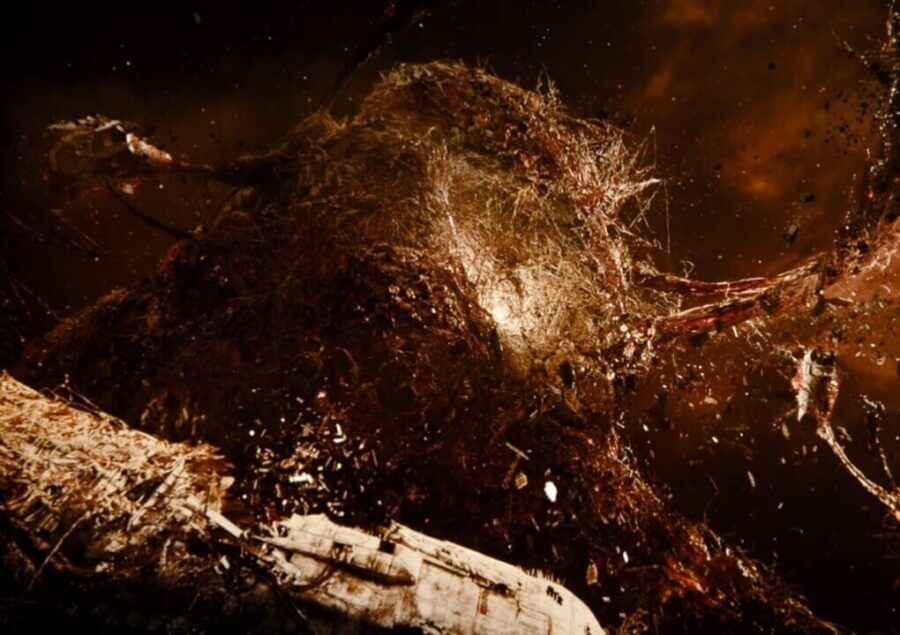
Thom, Suzy, and Ray, the crew of the Blue Goose spaceship, are coming home after a successful mission, but a mistake in the routing scheme triggers unforeseen occurrences. They reignite their romance, but Thom is perplexed by the circumstances. Greta, an old sweetheart, greets Thom as he awakens from suspended animation. She tells him that he and his crew are hundreds of thousands of light-years beyond Earth, practically beyond the Aquila Rift, and that decades have passed; they have no method of returning home.
Thom is shown to be an emaciated old man; his spacecraft is stuck in a massive web with countless others; his crew is either dead or locked in trances, and “Greta” is an extraterrestrial spider species. He demands the truth from a sobbing Greta, who informs him that his encounters are a simulation and that he isn’t ready to face reality yet, as she really cares for him and all those who arrive.
She grudgingly relents and wakes him up because he demands. As a terrified Thom loses consciousness as a result of the meeting, “Greta” transports him back to his dream world, missing his recent memories, just as she did with his crew and the others. She rekindles him and welcomes him once more, a procedure that probably continues until Thom passes away.
Based on Alastair Reynolds’ short story of the same name, this episode deserves to be considered for a feature film because of the profound concerns about life and death it raises, as well as the disturbing topic it depicts. Furthermore, the picture may easily attract a large audience due to its flawless combination of science fiction and philosophical components. This episode’s cutting-edge CGI and daring intimate sequences, each with their own hidden significance, compels this episode to be made into a movie of its own, with alterations and modifications done by the filmmakers.
From beginning to end, the quality of this entire production goes so much above what used to be a disparaging word, “TV,” that it’s almost laughable. It has a fantastic, subversive plot that made me believe I saw a full-blown film. Any sci-fi aficionado should not miss this mini-epic. Beyond The Aquila Rift is one of the most astonishingly lifelike pieces of animation I have ever seen. The human shapes are well depicted and move with astonishing realism in this piece. Mixed focus also helps to present it as camera work rather than creative choices. It’s a terrific watch!
Sonnie’s Edge
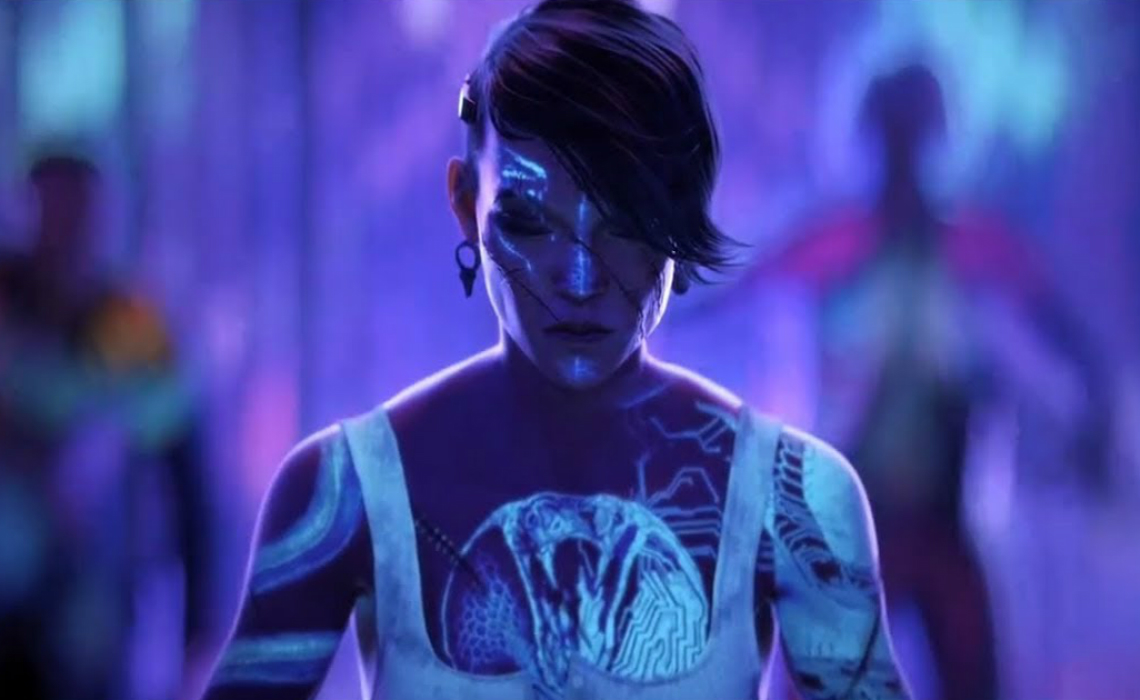
A young lady named Sonnie fights underground “Beastie” bouts – remotely controlled bio-engineered gladiator beast wars — in a dystopian London. Dicko, the ringmaster, tries to pay Sonnie into throwing the bout, but she refuses. Sonnie was sexually attacked and maimed in the past, according to her colleagues Wes and Ivrina, and her need for vengeance becomes her “edge.”
Sonnie pilots her beast Khanivore into the arena to face off against Turboraptor. Khanivore triumphs after a grueling battle. Later, Dicko’s mistress visits Sonnie and seduces her, only to have a hidden knife impale Sonnie’s skull. Dicko then appears and teases Sonnie, asking whether she is now afraid. The mistress then crushes Sonnie’s head with her foot.
On the other hand, Sonnie’s laughing reveals that her human body is nothing more than a ‘Bioware processor spliced to a spine’ and that her mind was always within Khanivore, with the fear of death in the fight being her true “edge.” Posing as Khanivore, Sonnie escapes her holding tank and murders the mistress before preparing to murder Dicko. She says, “Are you scared now?” as the screen fades to black, echoing Dicko’s query.
On the other hand, Sonnie’s laughing reveals that her human body is nothing more than a ‘Bioware processor spliced to a spine’ and that her mind was always within Khanivore, with the fear of death in the fight being her true “edge.”
I could never have envisioned something fitting into seventeen minutes as well as this did. The plot piqued my interest right away, and the character design was reminiscent of a few games, like Borderlands (Sonny) and Dishonored (Dicko). The animation quality was superb, with only a few minor flaws in facial expressions that could have been fixed, but it’s a minor quibble. The combat choreography was fantastic, much better than some significant film choreographies. Furthermore, I loved how this film did not shy away from gore or other adult topics. Instead, it did precisely what it desired.
This is one of the most impressive science fiction works I’ve seen in a long time. The concept of an underground ring of a fight between monsters controlled exclusively by humans is intriguing and can easily stand alone. The animation is stunning, the beastie combat is incredible, the tale is gripping, and the music and voices are excellent. Furthermore, “Sonnie’s Edge” includes a surprising story twist that leaves viewers wanting to learn more about Sonnie’s background, which can be developed into a two-hour dual timeline. Many individuals, like me, are eager for more like a movie or an entire series!
Bad Travelling
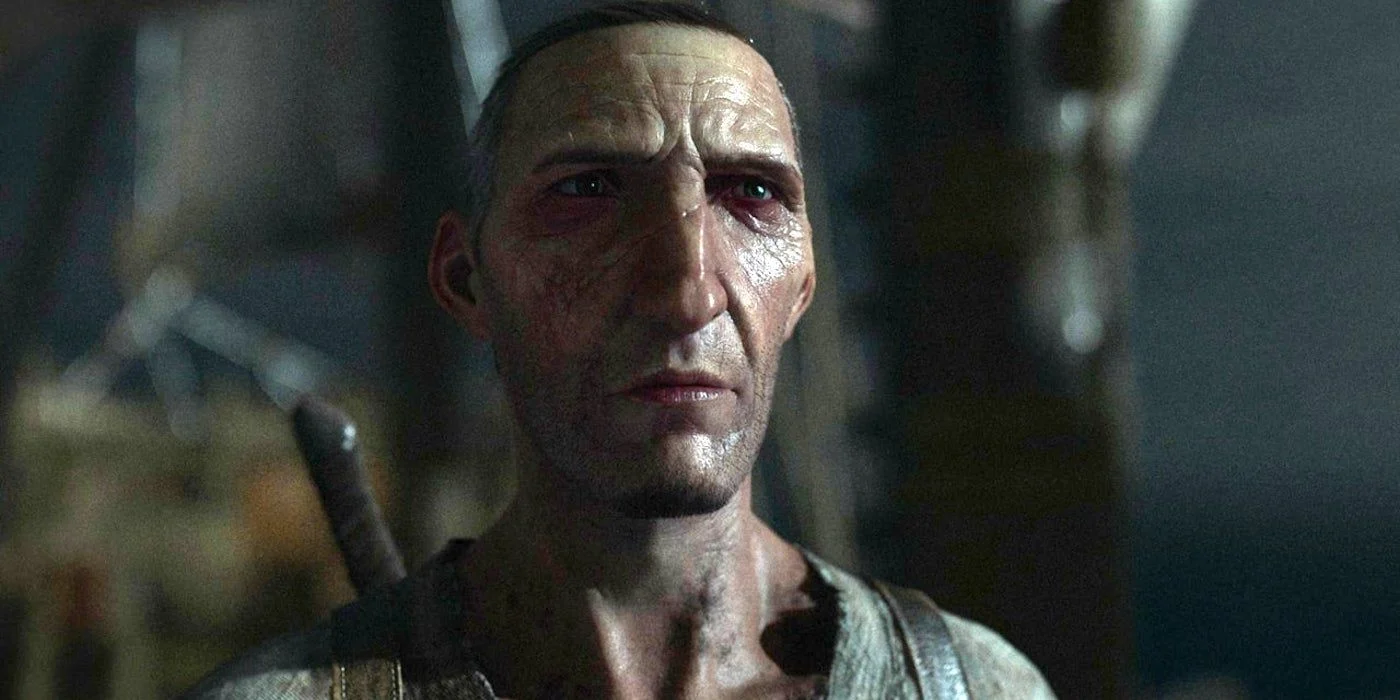
Before filling the ship’s hold, a massive man-eating crab called Thanapod aggressively boards a shark-hunting ship, slaying most of its human crew. Torrin, the ship’s navigator, is compelled to bargain with it. The Thanapod, which is in charge of a killed crewmember’s body, asks that it be transferred to neighboring Phaedin Island, where it will probably prey on the unsuspecting populace. Torrin agrees to this in return for his life being spared. However, he urges the crew to vote on whether to accept the Thanapod’s requests or to deceive it by dumping it on a remote island (a more extended trip they would be less likely to survive).
Torrin then kills two of the crew members who voted to abandon the ship on the inhabited island in order to save their lives and feed their remains to the Thanapod to gain time. The Thanapod, on the other hand, needs more food to nourish its newly born progeny. When the crew revolts, Torrin murders them all and feeds them to the Thanapod, including a lone crew member who refused to be fed. Every crew member voted for Phaedin Island, putting themselves ahead of many others, Torrin confesses. He then sets fire to the shark oil in the ship’s hold and flees on a lifeboat, ostensibly killing the Thanapod and its offspring.
Bad Travelling takes the title for the most evocative short story in Season 3. The character designs, the lighting, the virtual camerawork, and the overall mood are all excellent. Jason Hill’s music, Kirk Baxter’s score, the Briney production strategy, every single detail in the backdrop and foreground moving along with the ship, and the overall mood are all excellent. But it’s also shockingly political, as it explores the illusion of democracy and how well-intentioned politicians are attempting to save face. Fincher makes you wish this was a full-length feature film or even a mini-series so we could spend more time wondering how Torrin will keep satiating the monster’s hunger for meat.
Good Hunting
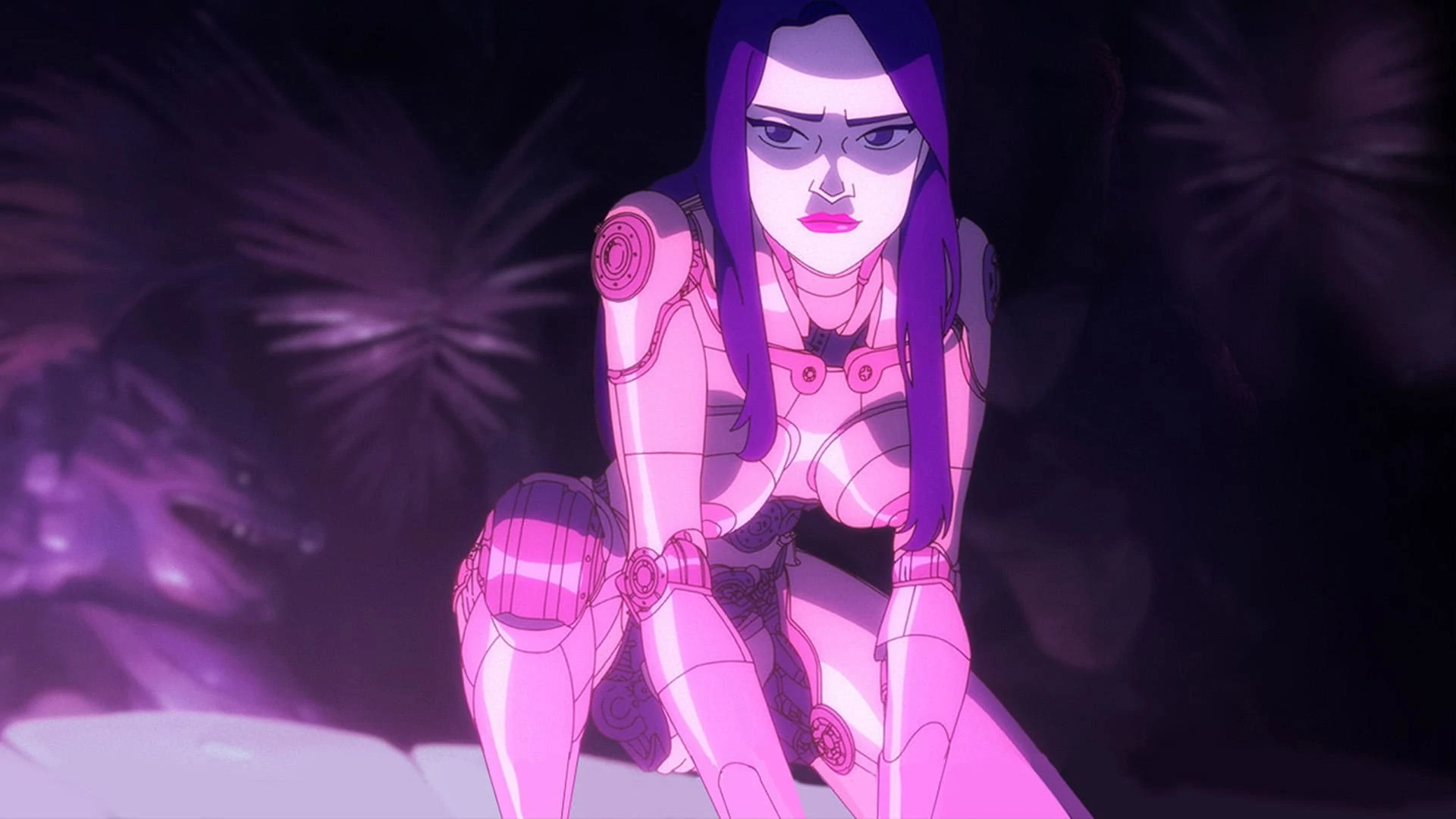
Young Liang and his father pursue a shape-shifting fox-like Huli jing named Tsiao-Jung to her burrow in early twentieth-century China. Tsiao-daughter, Jung’s Yan, meets Liang there and attempts to convey the Huli jing’s dilemma. Tsiao-Jung begs Yan to go, but Tsiao-Jung is killed in front of them by Liang’s father. Liang, unbeknownst to his father, allows Yan to go. Liang relocates to Hong Kong to work as a railway engineer, where he meets Yan, who has become permanently human as a result of the industrialization of magic.
Years later, Liang’s father passes away just before Hong Kong was about to be colonized by the British. Yan seeks aid from Liang, who specializes in robotics engineering. The Hong Kong Governor had drugged her and converted her into a cyborg sex toy, but after an altercation, she murdered him. Liang creates a flexible metal alloy body for her that can transform into a robotic Huli jing. Yan then goes on the lookout for Englishmen who are assaulting women in her hometown after they part as friends.
The episode earns kudos, in my opinion, for a diverse and hitherto untapped range of genres, as well as cute, though pedestrian, animation style reminiscent of Studio Ghibli.
Good Hunting is one of the most captivating chapters in the Love Death + Robots series; the story isn’t downright tragic, but it isn’t happy either (as aren’t any of the stories in the previously mentioned series). It harbors almost the same message as Princess Mononoke. It is an excellent chronological heir in the “we need to think more about nature” series of content that carries that hard-hitting message that we seem to forget from time to time.
“Good Hunting” is based on the three-time award-winning author Ken Liu’s tale of the same name, which has won three Hugo Awards. The episode is based in early 1900s China and tells the narrative of a young inventor’s longstanding relationship with a shape-shifting Huli jing and the alliance that transforms them both into tyrannical forces, using aspects of both traditional mythology and the steampunk genre.
Good Hunting delves into the intersection of magic and technology, as well as the strange kinship between two outwardly antagonistic characters and the ideal fusion of folklore and contemporary. Spectators would pay a premium sum to see a 2-hour feature film on what happened to the supernatural animals which once inhabited the Earth when the technology time came.
Zima Blue
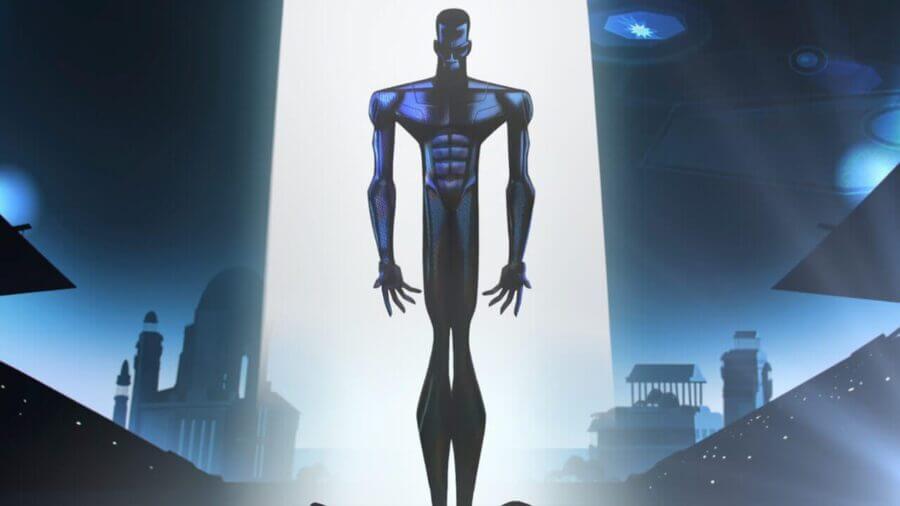
Claire Markham, a journalist, is asked to meet the reclusive artist Zima Blue, who intends to tell his tale before revealing his final piece. When they meet, Zima confesses to Claire that, even though many people believe he is a cybernetically modified man, he is actually an advanced android created by a roboticist to clean porcelain pool tiles (known as Zima Blue tiles), which were the first thing he saw. Zima began her career as a portrait artist before moving on to murals that featured abstract forms in a single tone of blue. He began to create larger paintings, eventually incorporating them into celestial bodies, asteroids, and even nebulas.
After his original owner died, he was improved and customized as a test-bed for hardware and software and handed from owner to owner. He began to create larger paintings, eventually incorporating them into celestial bodies, asteroids, and even nebulas. He displays his last work, in which he immerses himself in the reconstructed pool from whence he emerged, casts off all of his modifications, and reverts to his previous condition as a primary pool tile cleaning machine, expressing a deep need for meaning via his art.
Zima Blue is one of the anthology’s standouts when it comes to significant topics. This lovely episode makes use of the color blue, as well as the concept itself, to make its message. The story of the legendary artist Zima is told from the perspective of a journalist who is also a fan. Zima created his own shade of blue and underwent a variety of procedures in order to become more machine than man and go through space. It’s a fascinating episode that leaves you thinking long and hard after the credits have rolled.
“Zima Blue” is one of those short films that, with a penetrating question about life’s purpose and what it means to be human, might be stretched into one of the finest philosophical films ever created. As a result, a longer runtime of more than 11 minutes may allow audiences to discover more about Zima’s origin story and go further into his bright intellect.
Zima Blue is another beautiful episode of Love, Death + Robots, and probably one of the finest in the animation world. The art is also quite distinctive, employing vivid colors and lines to emphasize the colors utilized throughout the episode. No other visual style could have done this one justice, and fortunately, Zima Blue nails every aspect of its beauty. It’s artistic, lovely, and incredibly nicely paced.
Shape Shifters
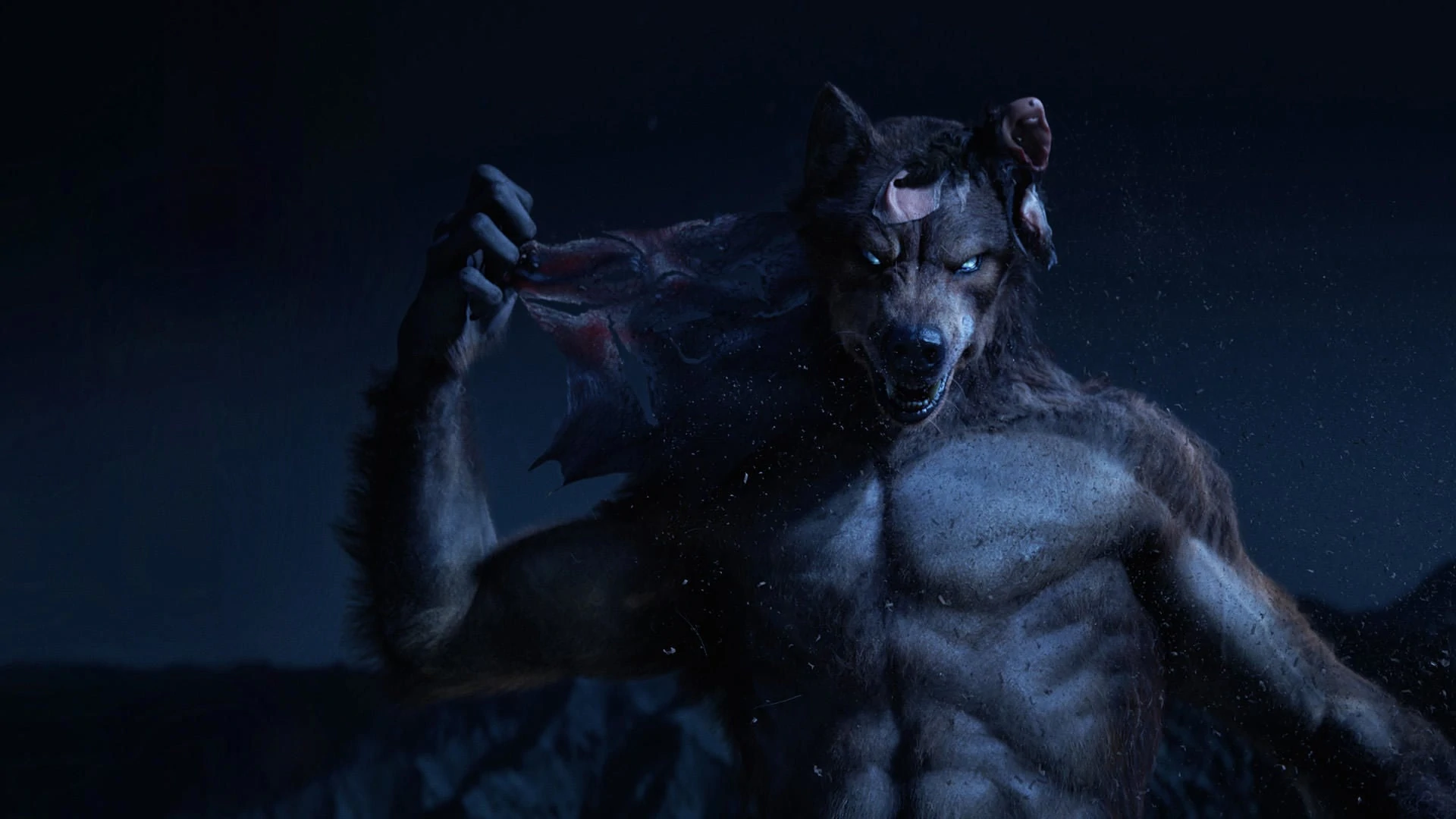
Two close werewolf friends, Lieutenant Decker and Sergeant Sobieski serve in the US Marines in Afghanistan in a world where werewolves are well-known yet discriminated against. While guarding a convoy, they are assaulted by Taliban militants. Decker’s senses track down the attackers, who are subsequently subdued. Some of their teammates antagonize Decker and Sobieski after returning to base. It is assaulted that night, and Decker speeds ahead of the backup convoy to assist the troops. Sobieski is assigned to a Watchtower post later that day.
When Decker arrives, he discovers Sobieski and the other troops have been slain by a werewolf. Commander Reyner orders Decker to track down the Taliban werewolf and bring him alive. Decker slips out of the base camp into the desert the next night, where he encounters an old guy and a younger man he previously met, both of whom turn into werewolves. The injured Decker returns to base and leaves his service in disgust after battling and murdering them both. However, he reclaims Sobieski’s body and buries him with his dog tag in the desert.
The combat between Decker and the werewolf insurgents was much more than worth the wait, despite the fact that the episode makes you wait for the exciting portion to happen. Brutal, gory, and very violent, this film is everything you’d expect from a werewolf fight to the death.
This was a CGI masterpiece and a treat for all the video game and action lovers out there! Many people want to know if the story continues in any way, which is why this visual treat has to be developed into a movie or a mini-series. Also, the animation was spectacular; certain moments appeared to be real life, and it looked incredible; it felt like a computer game with ultra-high-definition visuals.
The Tall Grass

A steam locomotive unexpectedly breaks down in a lush grass field. Laird, a passenger, goes outdoors despite the conductor’s instructions. He notices a number of strange lights while smoking and goes into the thick grass to investigate. Soon after, he becomes disoriented, and the lights reveal themselves to be luminous ghoul-like monsters coming from the ground.
The beasts assault and pursue him through the field, but the conductor saves him in the nick of time. The conductor informs Laird that the train frequently breaks down at the exact same location. He believes that the tall grass provides a portal to another realm and that the animals are once-lost humans who have since then evolved. As multiple lights and roarings erupt throughout the field, the train departs.
This episode of Love, Death, and Robots is based on Joe R. Lansdale’s short tale of the same name. Lansdale is a well-known horror, criminal, Western, and another genre writer who is best known for his Hap and Leonard series. The passenger, who is anonymous in Lansdale’s version, narrates the original narrative, which gives us a better picture of his reasons. The narrator of Lansdale’s novel is on his way to New York to see a girlfriend. The events of the original narrative take place in 1901, with the narrator recalling the incident as an older man.
The attendant claims that the tall grass acts as a portal between realms, allowing creatures to pass through from a darker dimension. They may be humans like Lairo, who walked out into the thick grass and never returned. According to the original narrative, the traveler thinks, “I somehow knew that if I was bitten, I would not be chewed and eaten, but that the bite would make me like them,” according to the original narrative. These ideas make the animals in the long grass look like zombies, capable of converting ordinary humans to their kind with a bite yet terrified of fire.
Even after repeated viewings, I am still not sure how I feel about this episode. While the animation was excellent and the tale was gripping, one couldn’t help but feel that this episode could have used a few more minutes. It would have been nice to utilize The Tall Grass for one of the darker episodes we have come to expect from Love, Death & Robots’ Black Mirror-esque series. It was not scary, but the horror element reminded me a bit of Lovecraft. This undoubtedly needs to be made into a film of its own to delve deep into the tall grasses of that field.
Snow In The Desert
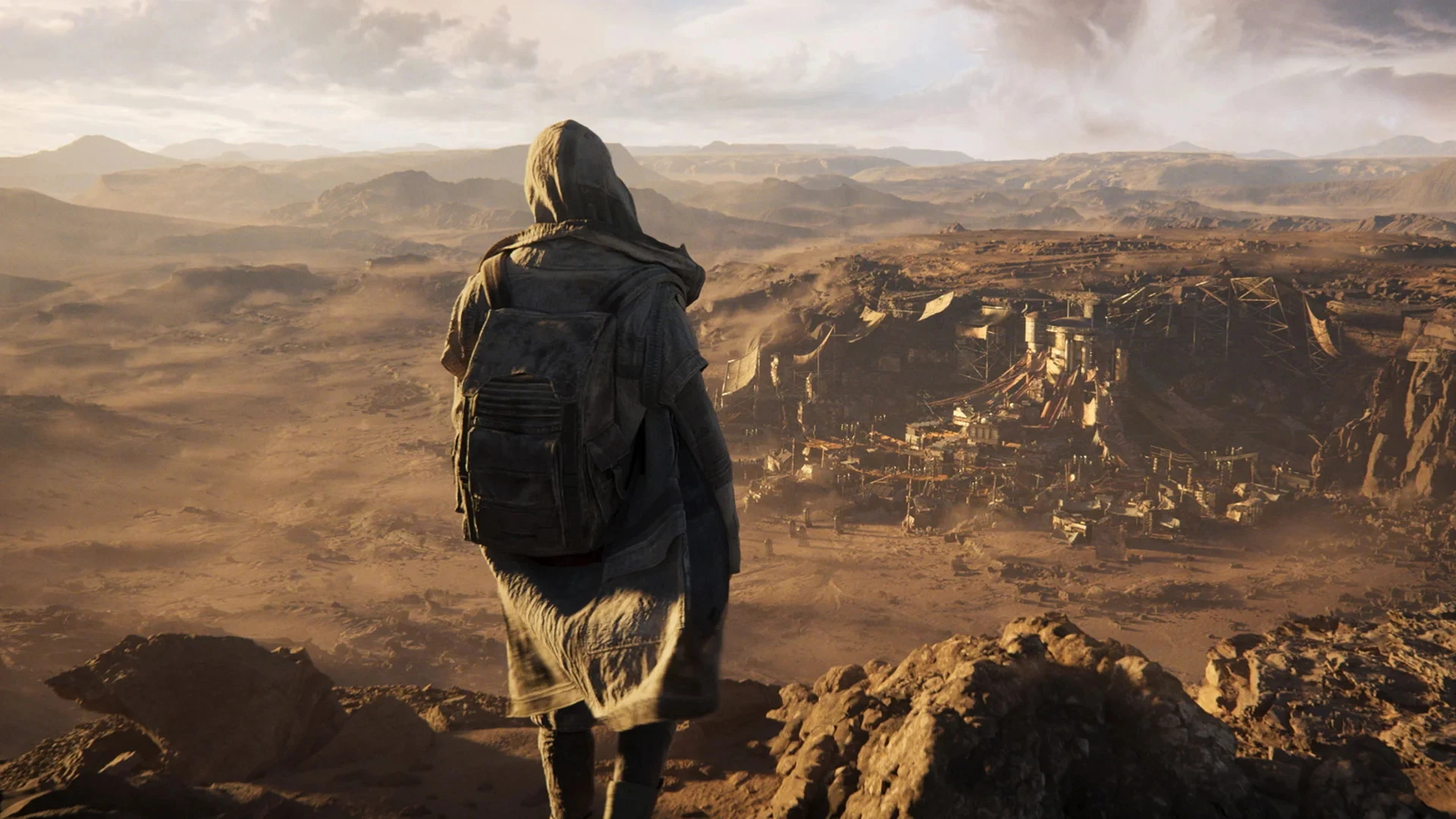
Snow, an albino guy, travels aimlessly over a desolate world. The trader Baris is after him because of his unusual physiology, which affords him a regeneration capacity that makes him nearly eternal. Three bounty hunters apprehend him in a bar. After a woman called Hirald helps him, Snow narrowly survives the altercation. Snow expresses his gratitude and departs. Hirald pays a visit to Snow’s camp late at night to convey his desire to accompany him on his journey. She then exposes herself to be an Earth Central Intelligence operative, and she asks Snow to come freely so they may research his physiology for the greater good.
Baris’ thugs ambush Snow’s hideaway, but Snow defeats them with the assistance of Hirald. Baris then shoots Hirald and seems to kill him, but she recovers and kills him. Hirald then exposes herself to be a cyborg, despite her injuries. Her surviving human brain and neurological system were combined with an artificial body following a previous accident, making her nearly immortal like Snow. Hirald soon discovers that Snow’s wife committed suicide over a century ago as a result of his inability to age, and the two make love. Their loneliness and longing to find love inside their eternity bring them together.
Snow in the Desert is possibly the best-animated episode of Love, Death + Robots to date. CGI is still being raised to new heights, especially with the realism on show in this episode. The animation’s high quality should come as no surprise given the studio’s previous credits, which include Avatar, Deadpool, Avengers: Age of Ultron, and many others. Blur Animation produces the entire series.
“Snow in the Desert,” like many of the series’ finest episodes, boldly tackles complex themes about humankind, the future, and the meaning of life. The showrunners will have more time to investigate the galaxy in which the tale takes place, as well as solve the issue of what happens to people when they become immortal if it is made into a feature picture.
Lucky 13
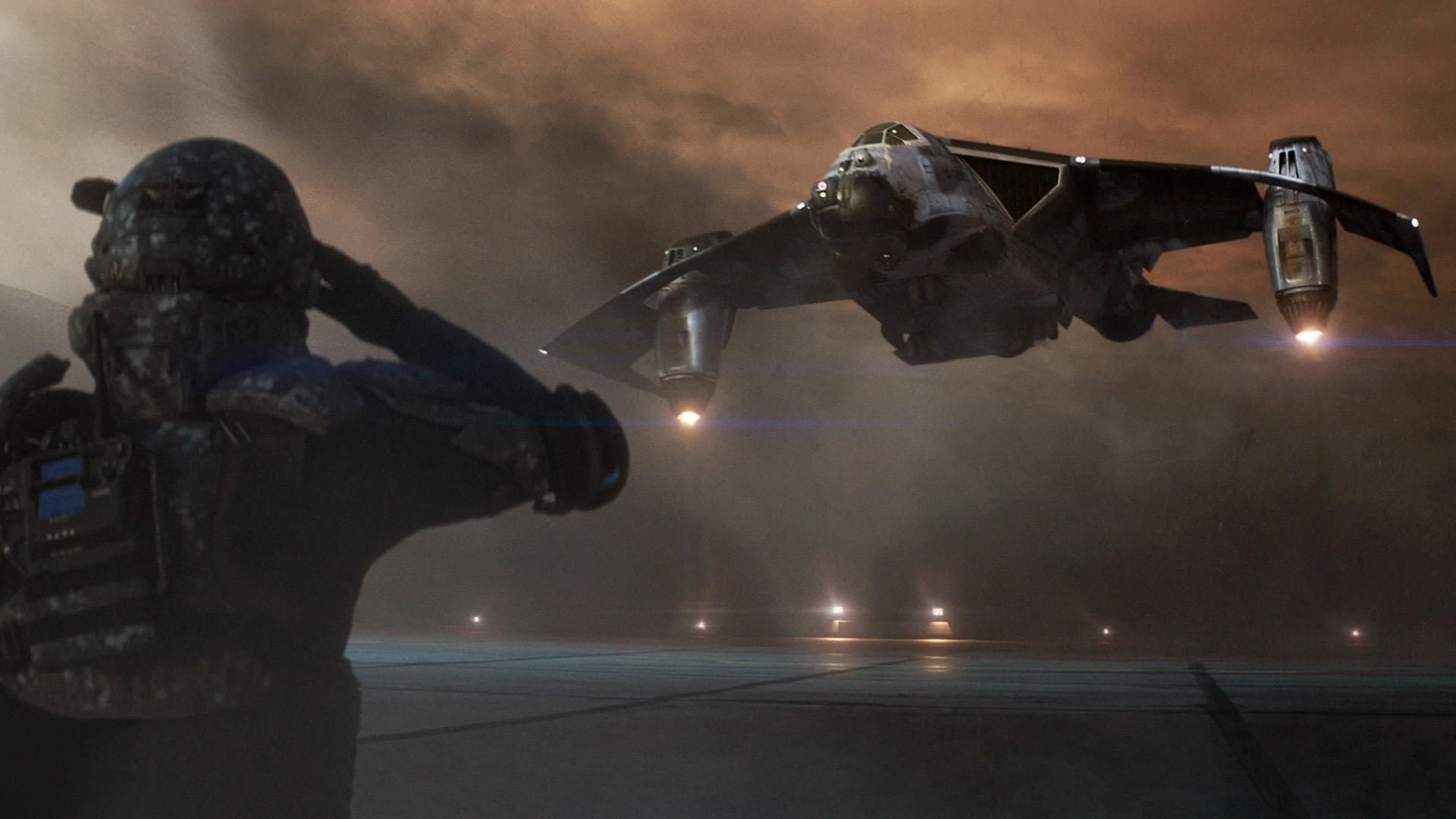
Following the loss of two crews on the Dropship no. #13-02313, other Marines grow superstitious and assign the ship to rookie Lieutenant “Cutter” Colby. Cutter completes twenty missions without a single loss, earning the nickname “Lucky 13”, while under her command. As Cutter occupies hostile warriors, the troops flee; when Cutter is overpowered, 13 is ordered to self-destruct in order to kill as many enemy troops as possible. Cutter, who is dedicated to her trade, refuses to upgrade to newer models.
13 gets shot down on its final mission, but all of its occupants survive. Cutter observes as the ship does not detonate until hostile forces take control, at which point 13 takes them all down with her. Cutter receives multiple honors and a state-of-the-art new spacecraft, but she still yearns for another mission with Lucky 13.
A combination of keyframes and motion capture was used to create the animation. The facial animation was created using performance capture. Utilizing Imageworks’ patented face rig, the performers’ facial motions were solved (or recreated) using the recorded facial performance. Imageworks worked with SIE (Sony Interactive Entertainment), which was a fantastic experience that resulted in the creation of a slew of new tools.
Chen intended to make the most photorealistic computer-generated character possible while also producing an animation style that looked like it was filmed on film. The Imageworks team investigated genuine cockpit imagery, war film, and aircraft hangar reference to produce what we believe would be authentic cinematography in a distant world.
Lucky Thirteen is based on Marko Kloos’ short story, Frontlines. It simply goes to show how amazing the animation in Lucky 13 is since even after several rewatches, it’s still difficult to discern if Samira Wiley’s face has been animated or not. The usage of mo-cap is growing more complex, and Sony (the animation company responsible for the episode) is constantly improving the technology. It’s easy to observe how far mo-cap has progressed by comparing some of the first animated Resident Evil films to Lucky 13.
All Through the House
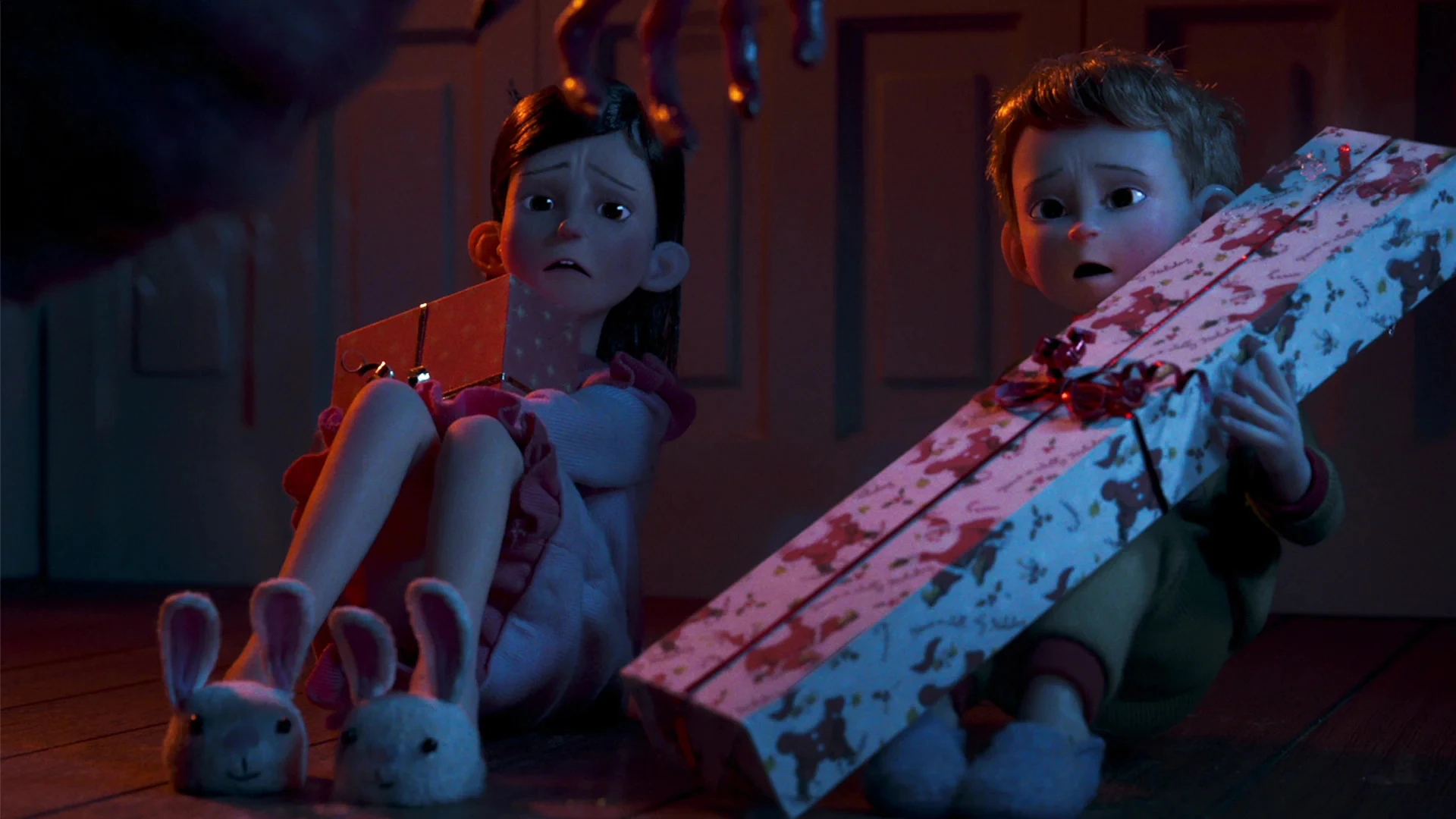
The sound of rustling below awakens siblings Leah and Billy on Christmas Eve. They slip down to have a look, thinking it’s Santa Claus. They are startled to discover that it is a monstrous creature that hears them approaching and corners them. Before climbing out the chimney, it recognizes them both as “good” and regurgitates a gift for each. They’re both lying in bed, wondering what might have happened if they’d been found “bad.”
At the very least, it’s as close to a Christmas episode as this twisted series can come. “All Through The House,” episode 6 of Love, Death + Robots season 2, is based on a short tale by Joachim Heijndermans. A couple of charming youngsters sit up late on Christmas Eve in the hopes of seeing Santa Claus arrive with their presents, according to the five-minute episode, which is a stop-motion animated effort from Blink Studios.
The legendary Rankin/Bass stop-motion Christmas specials served as a source of inspiration. A stop-motion Rankin/Bass type program is playing as a tribute on the living room TV. All Through The House is Love, Death + Robots’ first stop-motion animated episode. It’s an apparent tribute to the scene in Alien 3 where Ripley is confronted by the xenomorph in the hospital room when the thing approaches incredibly close to Leah’s face. This episode was nominated for an Emmy for Outstanding Individual Achievement in Animation – Stop Motion Animation.
Who thought we’d wind up with a version of Santa that’s scarier than any Krampus we’ve seen in All Through the House? We’d love to understand more about the animation behind the episode since we’re sure we’re not the only ones who thought it looked like it was shot in stop-motion. It piques our interest so much as to what would have happened had the siblings not been good that this episode deserves to be made into a short movie of its own and pay homage to all our childhood nostalgia.
The Secret War
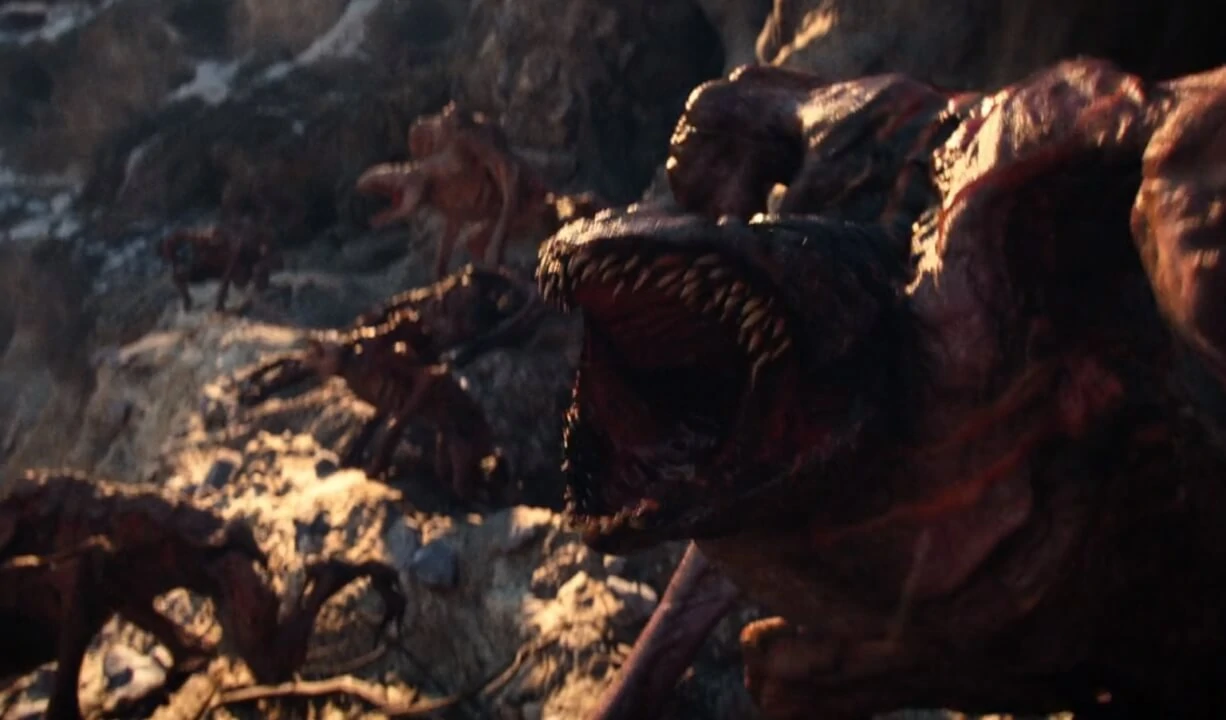
In the Siberian wilderness, a platoon of Red Army troops chases demons. The men are excessively spread, say Sgt. Sergei Pavlovich and Lieutenant Nikolai Zakharov, but the Major dismisses their complaints. After a gory triumph, Scout Okchen discovers the decaying body of a fallen Secret Police agent, Boris Grishin. “Operation Hades,” according to Grishin’s notes, was an attempt to call devils to fight for the Red Army. On the other hand, the summoners were unable to control them and were killed.
Sergei wants to utilize this material to exorcise the demons, but Zakharov is concerned that it would reveal the government’s previous mistakes. Pogodin prepares explosives to seal the demons’ nest while Okchen and another soldier discover a barrow, but the blast instead opens the entire burrow. Because the horde is more significant than expected, Zakharov commands a last stand, instructing his son to send a message to blast the horde’s present position. The demons kill the whole platoon by daybreak, but then jets flow above them and begin carpet-bombing the area.
During World War II, elite Red Army warriors battle an unimaginable opponent deep beneath Siberia’s ancient woodlands in “The Secret War.” The fact that the narrative is simple does not detract from the enjoyment of the episode.
What do you get when you combine the Soviet Union’s might with the number 300? The Untold Story. Wonderfully animated, with terrific action and a dramatic last stand, not to mention a stunningly exploding ending, this 15-minute film was immensely engaging.
Pop Squad
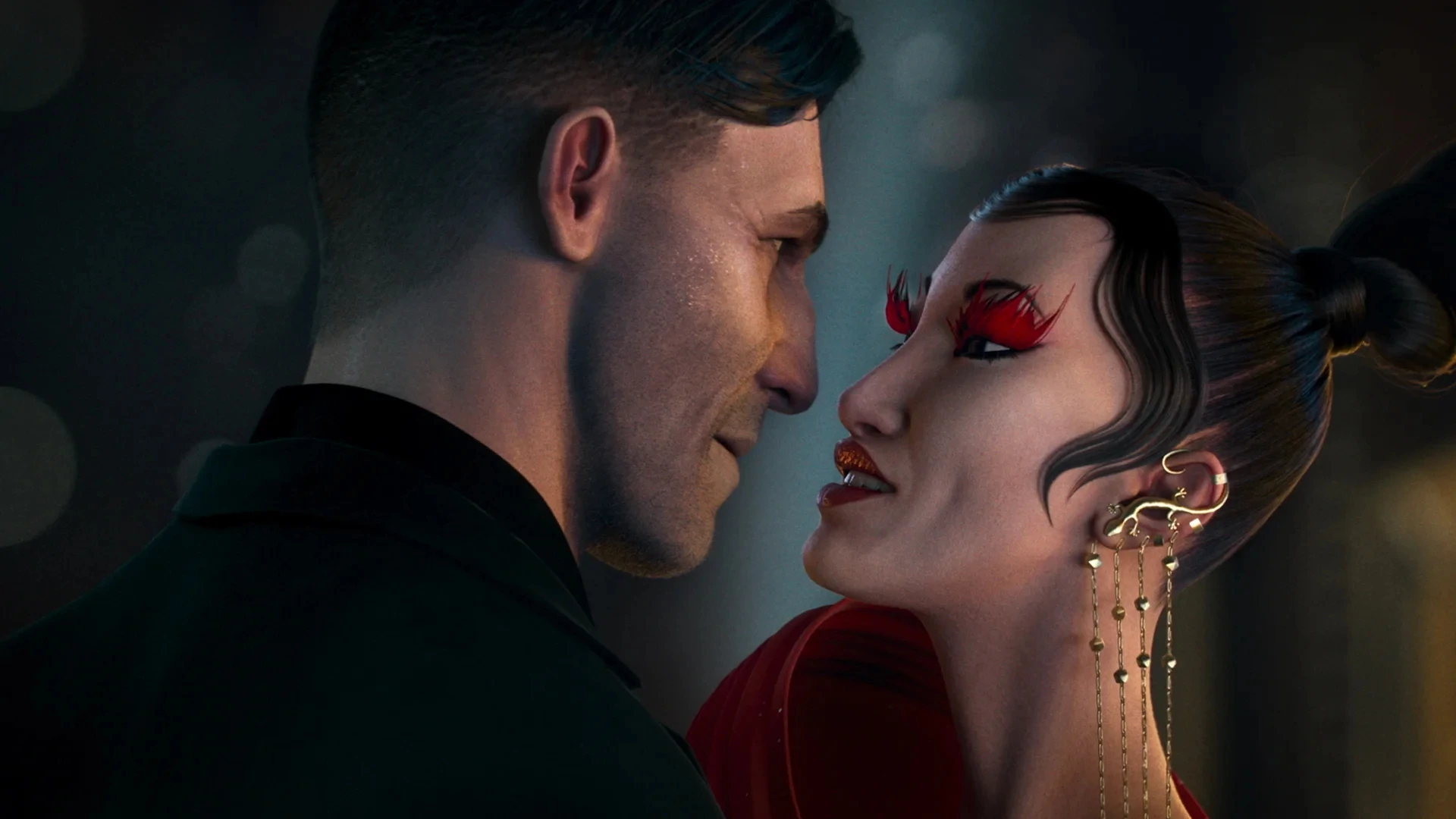
Humanity has achieved drug-induced biological immortality, leading to overpopulation in a dismal future. Breeding is outlawed, and any children discovered are promptly killed by the authorities while their parents face charges. Detective Briggs is disturbed by his sweetheart Alice’s casual remark that she would let him conceive her after his most recent execution. (doesn’t make sense) Briggs decides to conduct a personal inquiry as his profession begins to take a mental toll on him.
He comes upon Eve, who is buying an ancient toy train set, and follows her back to her rundown home, where she has been hiding Melanie, her young daughter. Eve recounts how her daughter transformed her life when he questions why she opted to raise a kid in such a harsh environment. When Eve tries to kill him ahead of time, Briggs sympathizes and spares them both. As he walks out the door, he runs into his police buddy Pentle, who is horrified by what he has done. Officers shoot at each other, killing each other.
Pop Squad was, without question, the strongest episode of the second volume. However, it wasn’t nearly enough to win our overall best episode award. Governments such as China formerly tried to control the population by enacting the one-child policy in our own world. Thankfully, we’ve never gotten to the stage where it’s been illegal to have children openly, as depicted in Pop Squad. Of course, the key distinction is that mankind has yet to achieve immortality on our planet!
The finest stories and dramas are frequently the darkest, and by including child murder, you’ve got possibly one of the best episodes of the whole anthology. Pop Squad left a lasting impression on us if that wasn’t clear enough, and we’d like to see more of this universe explored.
“Pop Squad” follows Detective Briggs as he has a significant transformation in his ideas about immortality. Because drug-induced immortality has resulted in extreme congestion and lack of resources on his planet, only the rich are allowed to bear children. Later, while on his daily assignment, he encounters a youngster, and his life is permanently changed.
The episode is similar to Blade Runner in that it deals with a similar significant issue and features law enforcement officers being forced to eradicate their own species. If developed into an entire film, it will have more time to go into the seriousness of overcrowding and Detective Brigg’s moral reformation. In the same vein as Blade Runner, “Pop Squad” has the potential to be a stunning Blade Runner competitor.
The Witness
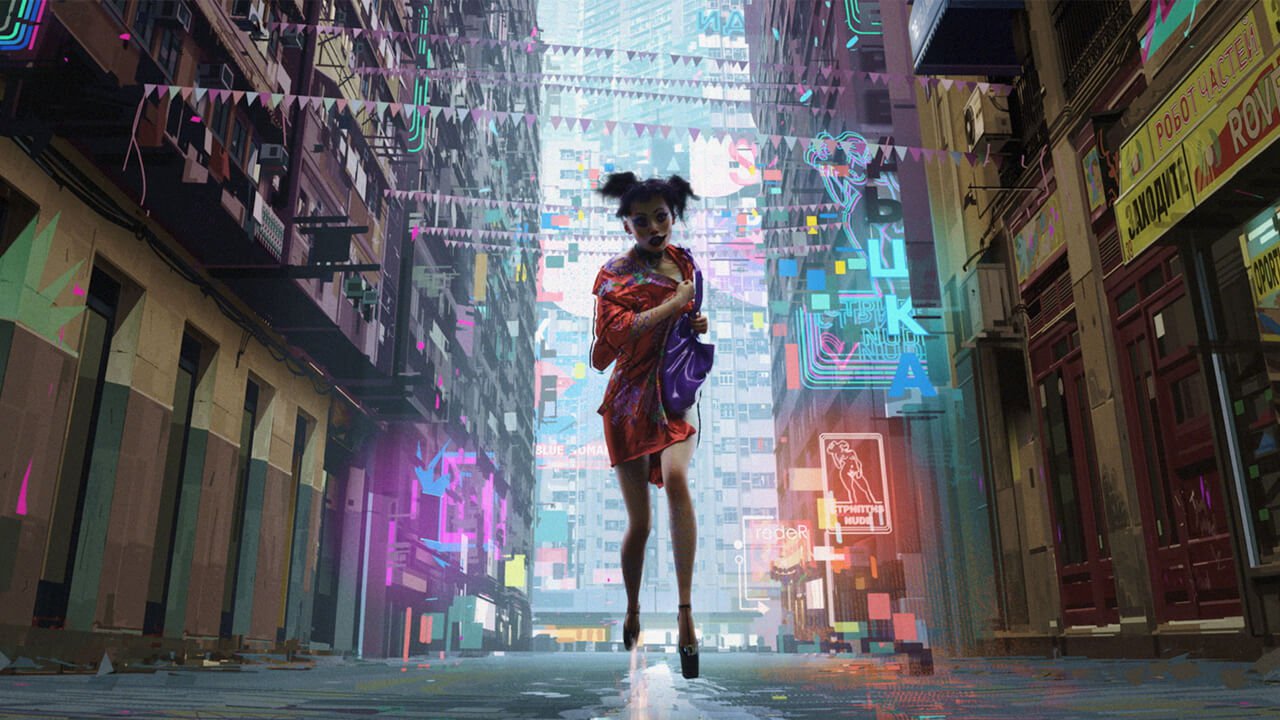
In a Hong Kong flat, a guy kills a woman. He then discovers that a woman observed the murder at the hotel across the street who looks just like his victim. He begins to pursue her. Under the identity Zawora, the lady flees to a sex club where she works as a dancer. The man is led into the club by the host. The woman spots the man in the crowd during her dance, and he follows her through the city streets. The lady grabs a pistol and flees to an apartment, but the guy tracks her down and captures her.
They then battle over the pistol, with the lady ultimately killing the male. She then discovers that a man observed the murder at the hotel across the street who looked just like her victim.
“The Witness” features a woman who sees a horrific murder and flees through the city streets from the offender. After all, she managed to murder her pursuer, or did she?
The Witness was one of the series’ most original and engaging episodes, and it was difficult to ignore. Is it just me, or does The Witness have Gorillaz vibes? We can’t help but compare The Witness’s universe to that of Cyberpunk 2077, which has a comparable amount of sexual deviancy and brutality.
Fans were left wondering if they had paid enough attention to the intricacies in “The Witness” or if they were just too distracted by the episode’s excitement. As a consequence, this episode could be made into a time-loop psychological thriller with outstanding and lifelike animation, keeping viewers on edge the entire time.
Ice
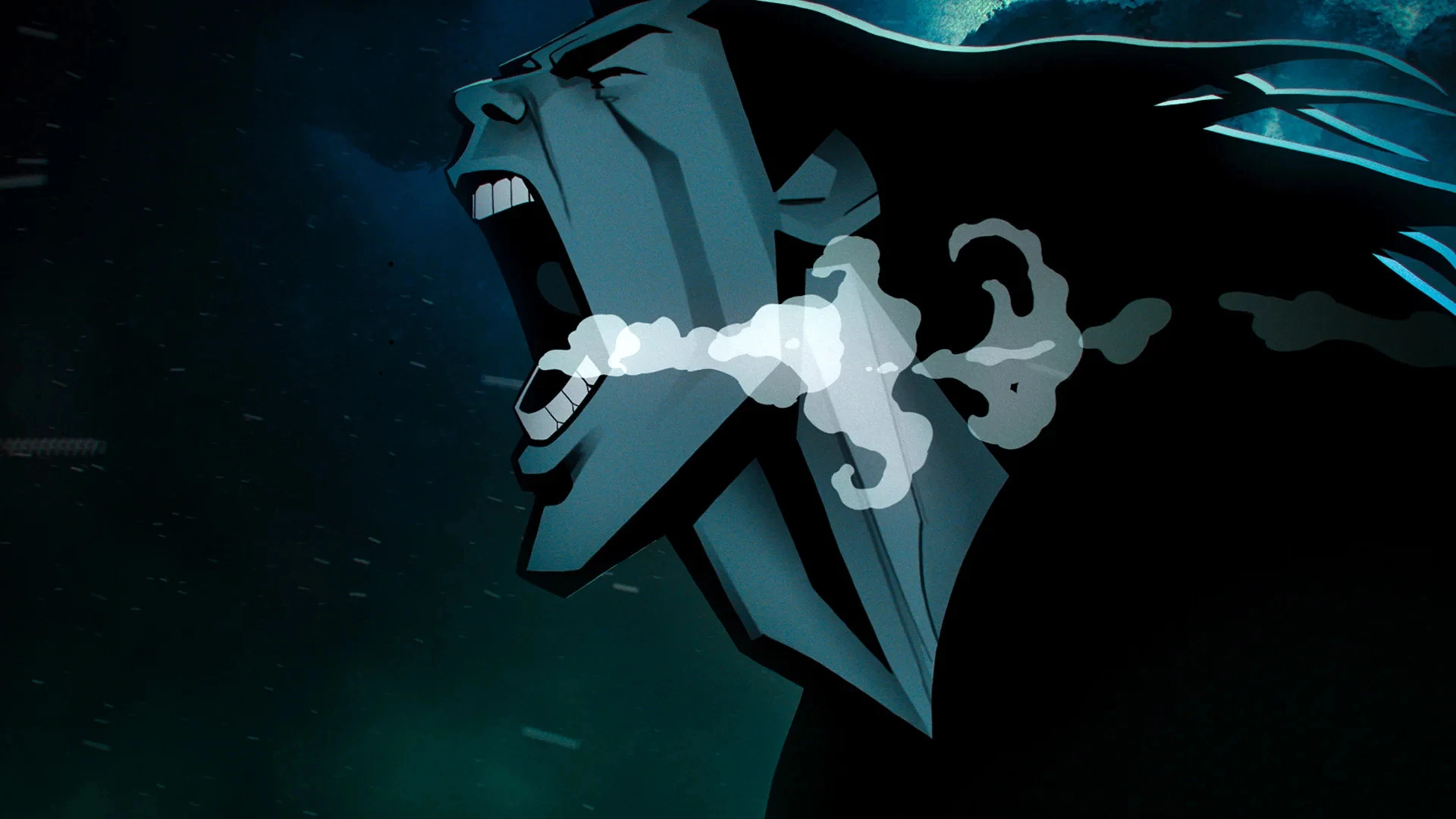
Sedgewick and Fletcher, brothers, relocate to an ice-covered colony world where nearly everyone has been genetically enhanced to have superhuman skills. Sedgewick is dubbed an “extro” by his peers since he is not modded. Against his brother’s advice, Sedgewick joins him in a dash over ice floes with other modified kids to catch a view of the enormous Frostwhales that breach the ice to breathe.
But the Frostwhales hit the ice one time lesser than they usually do, so the brothers barely make it through the breach. Fletcher seems to damage his leg as they rush back to safety, requiring Sedgewick to carry him. They take in the sight of the Frostwhales breaching, and Sedgewick believes Fletcher fabricated his injuries to earn the respect of the others.
While Ice follows the journey of an outcast and culminates in their ultimate assimilation into society, it also provides a look into life in the icy world. Residents of the planet appear to be detached from actual feelings of warmth, as it is a concept swallowed whole by the harshness of the planet’s climatic circumstances. Apart from the battle between the modded and the unmodified, the area is plagued by a significant drug issue, as seen by the swarms of harrowed folks inhaling hallucinogenics on the streets.
Despite their extraordinary strength, agility, and speed, these people appear to be shattered from the inside out, to the point that they must rely on another world for survival and rest. While Sedgewick grows closer to his brother and to who he actually is as a person, numerous others do not, despite their allegedly “better” status.
Episode 2 of Love, Death, & Robots, starring Archie Madekwe and Sebastian Croft, gives a glance into the dystopian future drenched with beauty and fear in equal measure. Ice, directed by Robert Valley and based on a short tale by Rich Larson, is set in the future when many individuals have been improved with exceptional strength and endurance, leaving the “unmodded” behind. This socioeconomic divide causes a schism between two brothers, who risk their lives in a perilous race. Ice has an art style that is similar to “Zima Blue,” while the characters are more in the manner of Samurai Jack.
Helping Hand
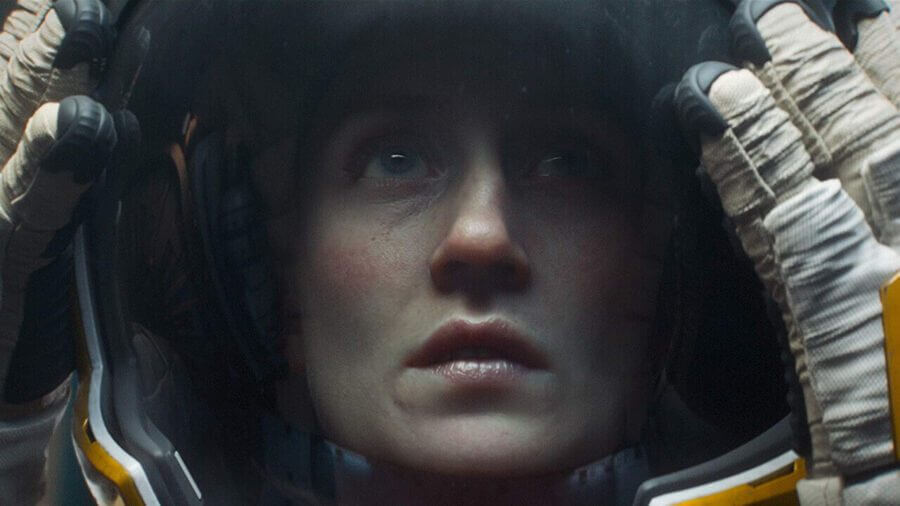
Alexandria Stephens, an astronaut, responds to a malfunctioning satellite in Earth’s orbit. Her old-model EVA suit gets damaged by a stray screw from orbital debris during a spacewalk, leaving her stranded with only 14 minutes of air left. She uses her watch strap to seal the upper left arm of her suit, then removes the left glove, exposing her left arm to the vacuum of space.
She is pushed back toward the satellite by throwing the glove, but she just misses catching the satellite. As she floats by her battered maintenance vehicle, The Anthem, she breaks off her now-frozen left forearm and tosses it in a desperate bid to get back to her ship. Back on board, she conducts emergency self-triage before radioing Bill, her ground controller, who asks if she “needs a hand?” with relief.
The screenplay for Helping Hand is based on Claudine Griggs’ sci-fi thriller of the same name, which was adapted for the film. The 8-minute short follows Ellie Condron, a strong-willed working protagonist in the coal-face of a futuristic corporate industry, as she becomes stuck in orbit and must choose between life and limb in order to survive a tragedy. The out-of-orbit episode is grounded with an atmosphere aimed to engage the audience in the developing plot, with a ’70s-esque look set in space.
Alex might be in serious jeopardy, depending on what she does next. We can only presume she sets a course for Earth because she says she’ll be home soon, but with only one hand to drive the spaceship, it may be a suicide mission to attempt to pilot it back to Earth. Even if you suspend credulity, that ship doesn’t appear to be aerodynamically capable of returning to Earth.
Instead, we believe Alex travels to a space station, namely the Jockey Mother. Although Alex’s spaceship is named Anthem, it is most likely known as a Jockey by whomever she and Bill work for, hence the term Jocky Mother. Alex should be able to fly back to the Jockey Mother with enough oxygen to treat her wounds. Alex’s chances of surviving were as slim as the debris that slammed into her.
Helping Hand manages to discover the right combination of Gravity and 127 Hours in one of the most devastating endings to any episode of Love, Death + Robots. The episode’s central scene, in which the astronaut is forced to remove her own frozen limb, is not for the faint of heart. Her entire journey and her struggle to stay alive deserves a movie made of its own! With brilliant CGI and story-telling, this is possibly one of the gems, Love, Death + Robots has created.
